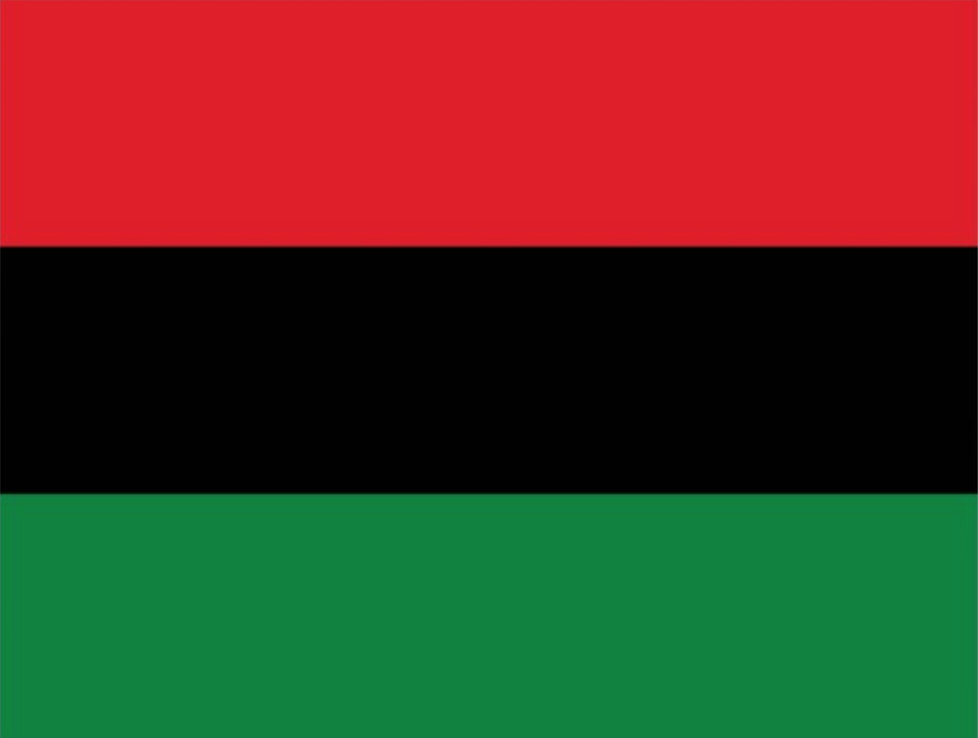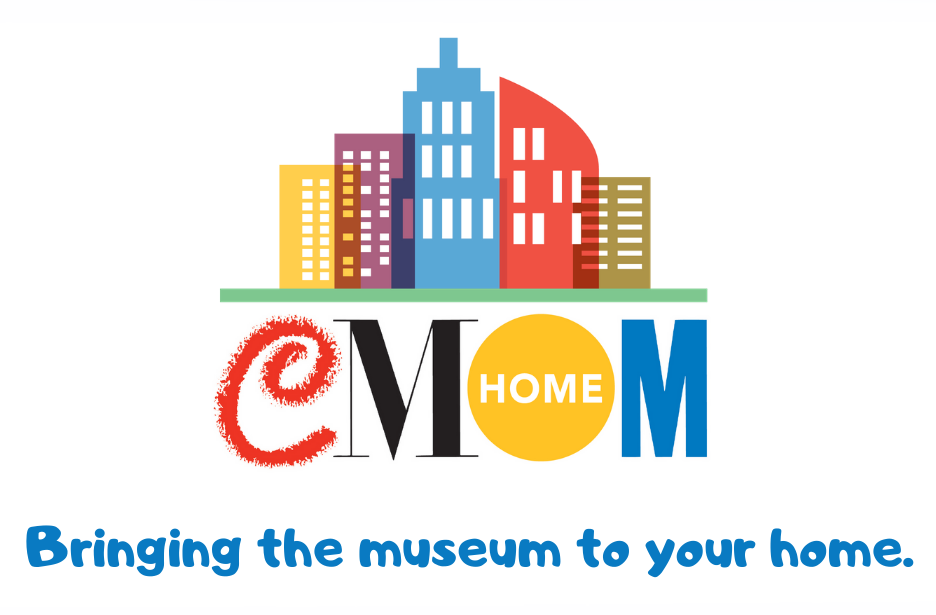Learn Together
Asking guiding questions during collaborative projects leads to important discussions about the meaning of freedom to people who share differing backgrounds.
Materials
- Cardboard
- Clear or masking tape
- Glue
- Pencil
- Ruler
- Floor space that is smooth and hard
- Scissors
- Small found objects that are red, black, and green: Candy, paper, string, stickers, barrettes, etc.
Make Together
The Pan-African flag was created in 1920 by Marcus Garvey—a political activist, leader of the Black Liberation Movement, and father of Black Nationalism. The colors of the flag are red, black, and green. Red symbolizes the blood that connects all people of African ancestry; black symbolizes the people themselves; and green symbolizes the rich and fertile lands of Africa. Since its creation, it has been used to represent worldwide Black pride.

- Begin by cutting a large piece of cardboard into a rectangle.
- Using your pencil and ruler, draw horizontal lines across your cardboard to separate your base into three equal rectangular sections.
- Find small objects in your house that are red, black, and green.
- Using the Pan-African flag as a reference, glue or tape your objects in each section.
- While you are gluing the objects to the flag, ask some guiding questions. What is freedom? What does it mean to you? Why is it important to be free? When are you the most free? Was there a time when your freedom was taken away? How did you feel when that happened?
This found objects project was inspired by African-American artist Betye Saar. This artist uses found objects to create innovative works with themes surrounding the lives and issues in and around the African-American community. Using anything from letters and photographs to lace, feathers, and even gloves, Saar creates cohesive artworks that weave together her personal past with the past of the African-American diaspora. Learn more about her and her art on this studio tour with Betye Sarr.
